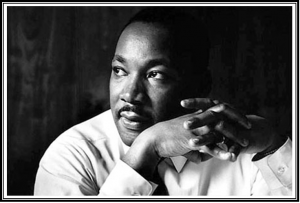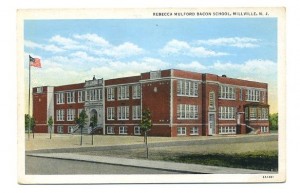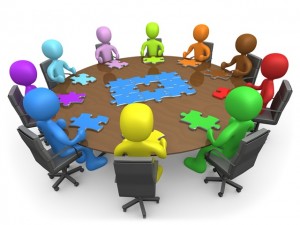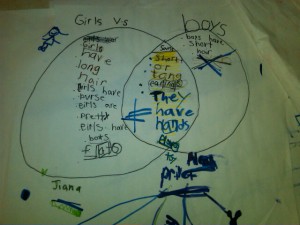I love when someone asks, “How can I help you?” I think people who pose this question have an understanding of the power of service. For me, leadership has been about service to others. Robert Greenleaf identified the “servant as leader” in 1970’s as a way to explain the leadership paradigm that has been used for thousands of years. The book Servant Leadership, (Greenleaf, 2002) provided a framework for ordinary people to accomplish extraordinary goals through serving others.
Since then, various authors and researchers have used the tenets of servant leadership to assist leaders in answering the call. Servant leaders create a vision, and once the vision is clear, the leader becomes a servant in order to implement the vision (Blanchard, 2007). Servant leaders want to make a difference in the lives of those they lead and create a motivating environment (Greenleaf, 2002).
Servant leadership has been the building block for my leadership platform. I operate as a servant leader because I feel a responsibility to those I lead. Servant leaders assist those they lead by ultimately making them leaders. This can be accomplished by building trusting relationships, providing an opportunity for personal and professional growth, and a promoting a collaborative environment in which everyone becomes a stakeholder (Greenleaf, 2002).
Another way that I integrate my servant leadership as a principal is to “roll up my sleeves” and help out to get things accomplished. Throughout my brief tenure as a principal I have made sure to help clean up the cafeteria, vacuum the steps in the gym, pail water out of a flooded area, and assist people with carrying things up and down the stairs. Kouses and Posner (2006) would refer to this as ‘modeling the way’. When you want others to follow your lead, you need to be the model. If I want everyone to pitch in and help, then I need to lead by that example. And guess what? I just received an email from a colleague who said, “Many of your students also reflect your service leadership in their daily actions by holding the door for the little ones or teachers bogged down with bags. Every day I am in your building, at least one student will ask if there is anything they can help me with.”
So, how can I help you?
More information on Servant Leadership and Modeling the Way?
http://www.4ulr.com/products/humanres/lpi/fivepractices.html
Blanchard, K. (2007). The heart of a leader: Insights on the art of influence. Colorado Springs, CO. David C Cook
Greenleaf, R. (2002). Servant leadership: A journey into the nature of legitimate power and greatness. (25th anniversary ed.). New York: Paulist Press.
Kouzes, J. & Posner, B. (2006). A leader’s legacy. San Franscico: Jossey Bass.
















